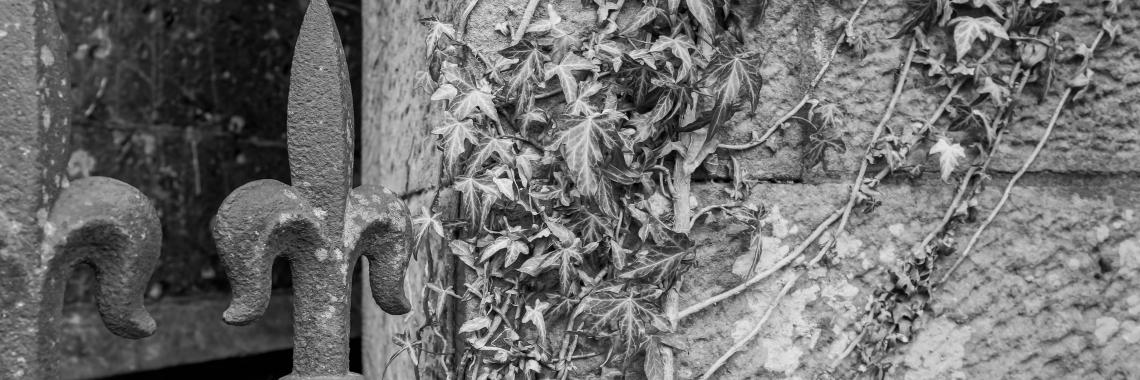The first mention of witchcraft associated with the parish was in the late 1500s. The minister at the time, Rev John Spottiswoode, was an important Scottish religious and political figure, later becoming Archbishop of St Andrews.
Spottiswoode was an associate of King James and shared his superstitions, writing that in 1590-91 he had spent ‘most of this winter in the discovery and examination of witches and sorcerers’. 1591 is recognised as one of the Scottish ‘national panics’, periods of intense witch hunting. Spottiswoode must have been involved at national level as there are no records of people at Calder being accused of witchcraft at this time.
In 1643 Hew Kennedie was appointed minister at Calder. Shortly afterwards the Calder kirk session records begin to record the accusation, trials and executions of women for witchcraft. The accusations come to a halt in 1645, and apart from a single notorious case in 1720 there are no further records of witchcraft accusations in the parish.
The 1720 case involved a young member of the Sandilands family who was said to have become possessed. The kirk rounded up several old women and accused them of witchcraft. Some of the women died while being held, others were subject to a humiliating public sermon by the minister. The case was so well known that Sir Walter Scott wrote about it in his ‘Letters on Witchcraft and Daemonology’ published in 1830.






